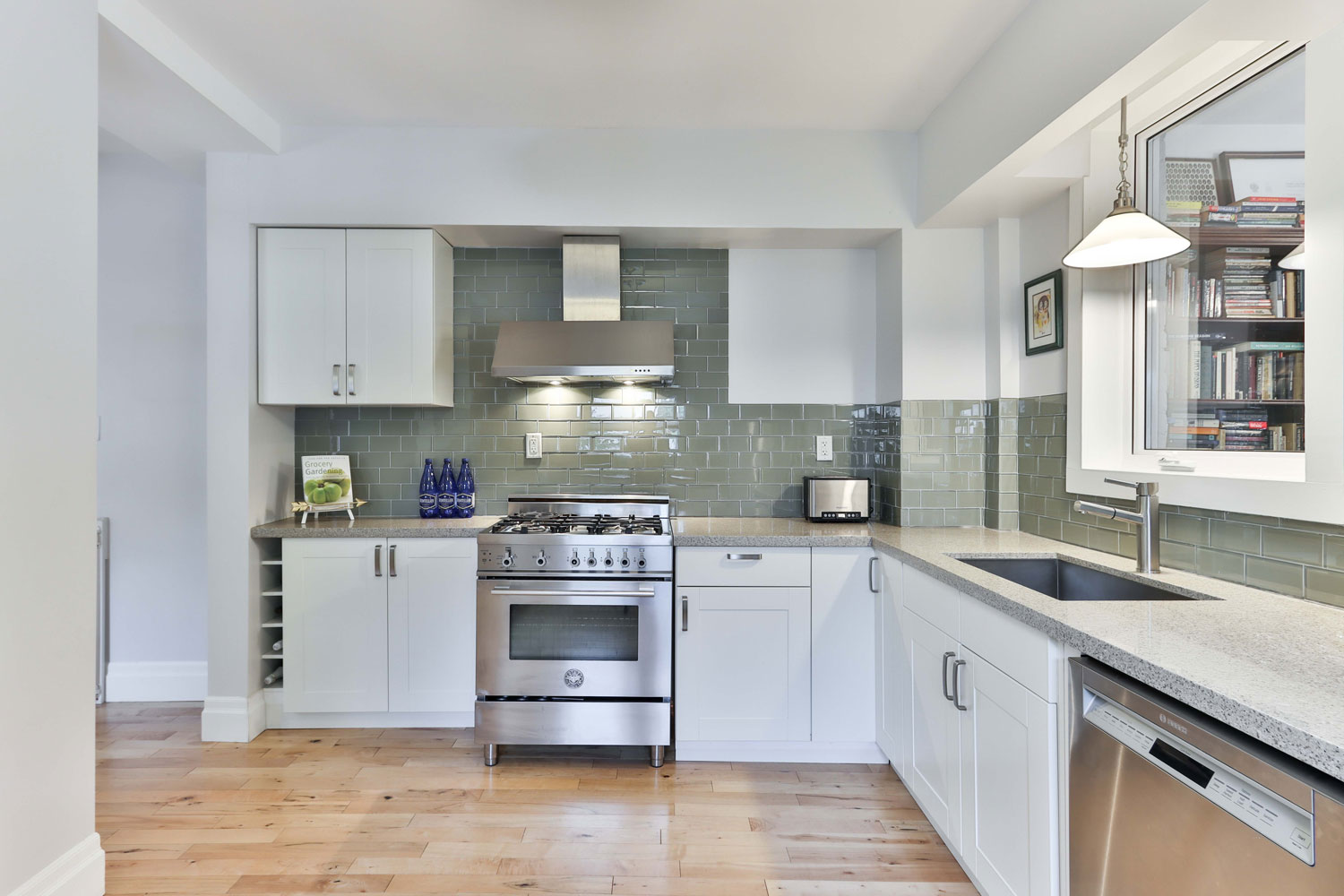When you buy a property what are you legally buying? When you move in on completion will the property include what you expect it to include?
Two legal maxims are frequently used by lawyers in defining the extent of land and therefore what is legally included when you buy a property.
- Cuius est solum eius est usque ad coelum et ad inferos – he who owns the land owns everything extending to the heavens and to the depths of the earth. There are limitations to this maxim, as is relevant here;
- Quicquid plantatur solo, solo cedit – whatever is attached to the ground becomes part of it. When buying a property you are buying land with whatever is attached to the ground, legally defined as fixtures.
It is generally accepted that when you buy a property you are also buying the house constructed on that land. But is that going to be the case in every transaction, what if that house can be moved without demolishing it? Also, what about those items in the house, are they included? You need to identify what is a fixture, which will form part of the land and therefore will form part of the sale, and fittings, which do not and can be removed by the seller.
It is not always clear what is and what is not a fixture and the courts have developed over a period of time, two overlapping tests to decide what is a fixture and what is a fitting
The first test is the “degree of annexation” – the greater the degree of annexation the more likely it is to be a fixture. The courts will also look at the “purpose of annexation”
In Berkely v Poulett 1976 a statue weighing half a ton and resting on a plinth remained a fitting although the plinth was held to be a fixture. However, in D’Eyncourt v Gregory 1866 as the statue formed part of the integral part of the architectural design of the house and garden the court held it to be a fixture.
In Holland v Hodgson 1972 a pile of stones lying in a builder’s yard would not be a fixture, but the same stones constructed into a drystone wall would.
The relevant issues are whether the object is “designed for the use or enjoyment of the land or for the more complete or convenient use or enjoyment of the thing itself”
Fitted kitchen units with fitted hob, oven and fridge will be considered as fixtures, but there may be some doubt over freestanding kitchen units that can easily be removed by a seller on completion.
To avoid any uncertainty as to what a fixture is (and therefore part of the purchase price) and what is a fitting (which can be removed by a seller on completion) the contract pack provided at the beginning of a transaction will include a Fittings and Contents Form (TA10). This form lists room by room, what is included in the sale, which would form part of the contract and what is not. If a seller removes an item ticked as “included” on completion, a buyer is entitled to sue for breach of contract.
Fittings are also not subject to Stamp Duty Land Tax (SDLT) and part of the sale price can be apportioned to Fittings, provided both the seller and the buyer agree a value. It is important that any such apportionment is backed by a valuation prepared by a valuer based on an accurate second hand value of those fittings.


